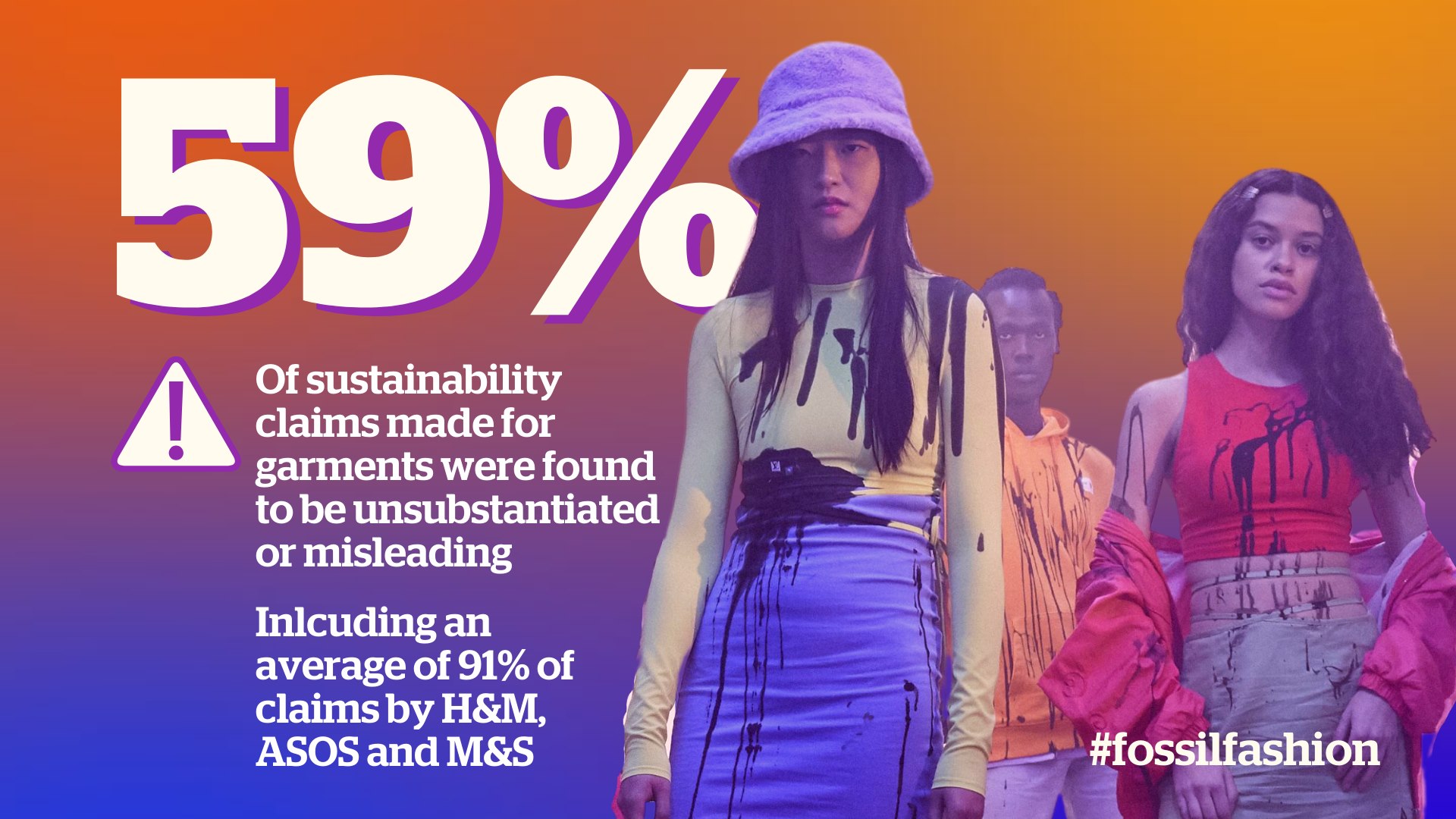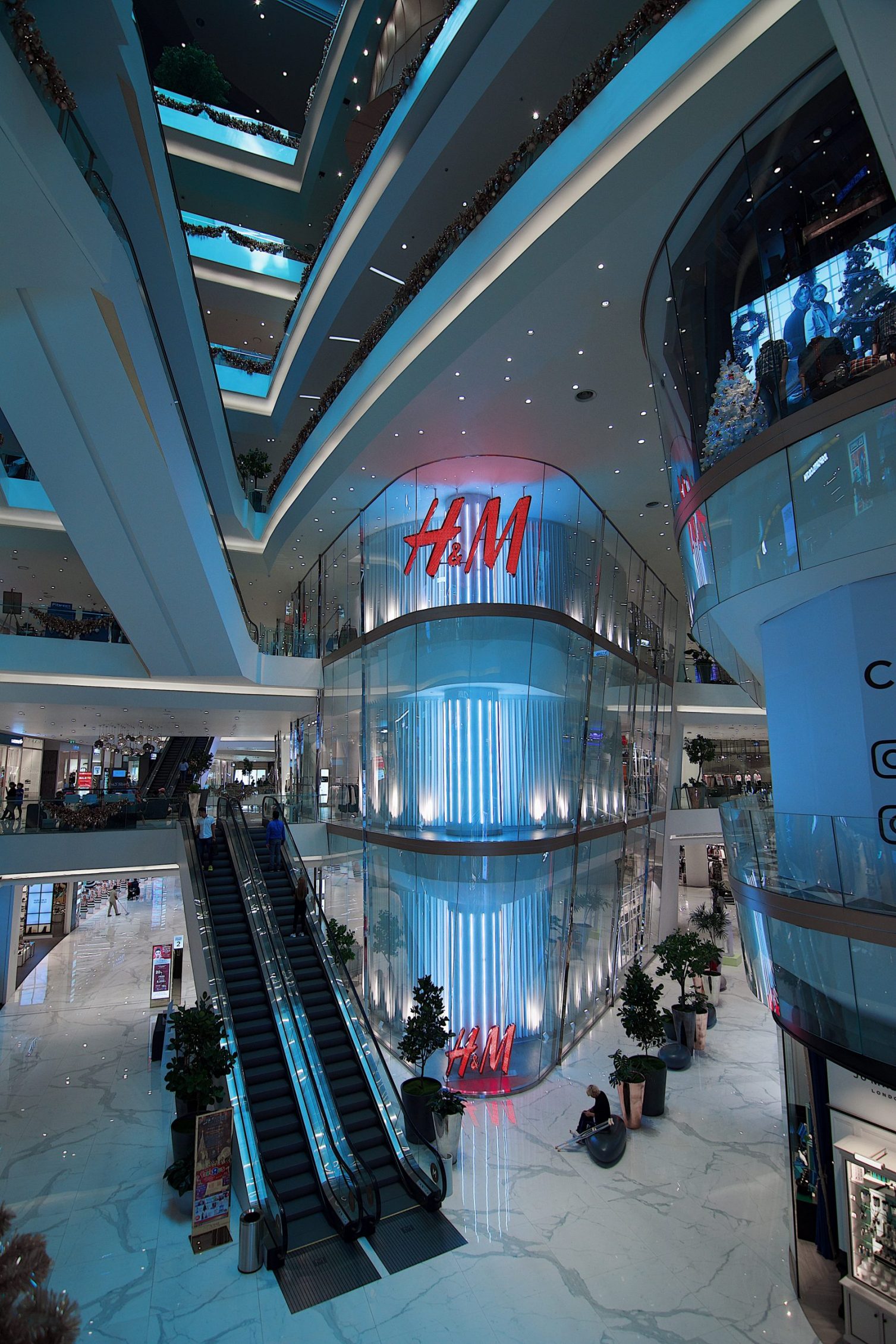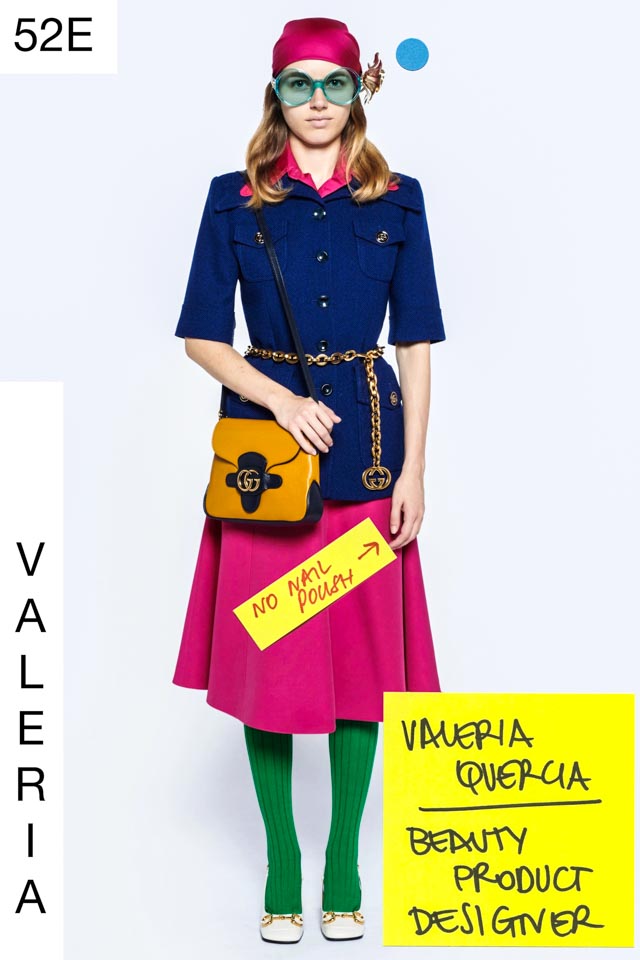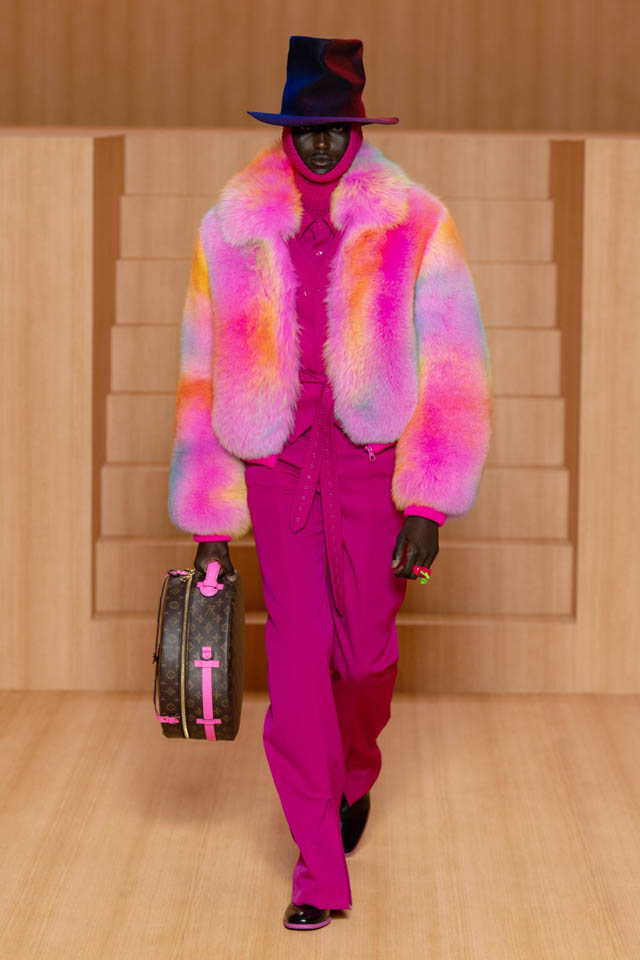The Dirty Secret Behind The Fashion Industry
The recent report entitled Synthetics Anonymous published by Changing Markets Foundation, reveals the dirty secret behind the fashion industry. It says that "a shocking number of green claims by fashion brands are misleading or unsubstantiated." Brands are "greenwashing" by emphasising their heavy reliance on fossil fuels and practices associated with severe harm to human and environmental health.

© Changing Markets Foundation
The report shows how the industry still depends on synthetic fibres made from fossil fuels, leading to plastic pollution and contributing to the climate crisis - with some brands saying it is inevitable. The analysis of 50 major fashion brands - from high street to luxury - including Zara, H&M, Burberry and Louis Vuitton, shows that some renowned brands score very poorly on their sustainability commitment and lack of transparency. In addition, the report also demonstrates that the use of rampant greenwashing and misleading practises are rife - 91% of green claims made by H&M, ASOS and M&S were found to be unsubstantiated. H&M and Zalando were also found to have more, or almost as much, synthetics in their 'sustainable' collections as their main collections. Further, concerns about the use of synthetic fibres extend to their recycled versions, which are becoming more common in brands that position themselves as sustainable. Experts say these fibres have about the same impact on the environment as new synthetic fibres.
FAST FASHION AND THE RISE OF THE PLASTIC & POLYESTER CRISIS
While all textile materials are associated with negative environmental and social impacts, today's unsustainable fast fashion business model is deeply rooted in the fashion industry's fast-growing reliance on synthetic fibres. The solution is not to replace one type of fibre with another, but to radically slow down fashion - a main cause of untenable volumes of waste, harmful microfibers, and widespread pollution.
According to experts, the use of mixed synthetic fibres has the same impact on the environment as the use of pure synthetic fibres. Brands often use these fibres (even) in their recycled collections, which they tout as "sustainable" and "responsible." While some brands commit to no longer using virgin polyester fibres, they make no such commitments regarding synthetic fibres in general. Inditex Group, owner of Zara, is among a handful of retailers reportedly investing €3 million in funding tech innovations to explore textile recycling solutions, including MIT - Spain Inditex Circularity Seed Fund - although this represents just 0.08% of the company's 2019 net profit.
Furthermore, most brands try to solve the fossil fashion problem by replacing virgin polyester with downcycled single-use plastic bottles - a false solution as this is a one-way street to landfill or incineration. Globally, about one garbage truck of clothes ends up in a landfill every second. Yet despite a mountain of clothes being thrown away every year, there is still a lack of investment in scaling fibre-to-fibre recycling technology. The vast majority of recycled polyester in the textile sector comes not from recycled garments but from polyethene terephthalate (PET) bottles. Another research by The Ellen Macarthur Foundation points out that "less than 1% of the material used to produce clothing is recycled into new clothing".
"They're not willing to change their dirty habits, so they're trying to greenwash their way out of this crisis," --Urska Trunk, campaign manager at the Changing Markets Foundation.
Patagonia, a well-known outdoor clothing brand, mentioned that synthetic textiles are needed in technical apparel because they perform better. In an interview with Vogue Business, Patagonia's Vice President of product impact and innovation, Matt Dwyer, agrees that there is a lot of greenwashing in fashion and that recycled polyester is not a perfect solution. And while Patagonia is considered a leader in fashion sustainability, encouraging people to "buy less, demand more" and "join the fight against irresponsible fast-fashion manufacturing," the company makes no commitment to move away from synthetic fabrics. However, they mentioned that they are working toward its 2025 goal of using “preferred materials”. Based on the report, brands including Hugo Boss, Puma, Esprit and United Colors of Benetton indicated they want to avoid or reduce synthetics altogether.

H&M was reported as the worst offender with 96% false claims

Inditex, Zara's owner, reported one of the highest uses of synthetics by weight
LUXURY FASHION MATERIALS ALERT
The Synthetics Anonymous report pointed out that high-end brands do not necessarily have better responsibility in terms of materials. According to the report, luxury brand Louis Vuitton is the second-lowest user of synthetic fabrics, but 55% of products containing synthetic fabrics used 23% more than Gucci and only 2% less than Zara. The average percentage of synthetic fibres used in each garment was 45%, and the average percentage of polyester used was 38%. Furthermore, Louis Vuitton's collection reveals that luxury does not always equate to sustainability or quality. The relatively high use of synthetics and complex material blends underlines this. No sustainability information was provided on the product pages in the sample collected, no certifications were listed, and no recycled synthetics were used.
In comparison to Gucci, Louis Vuitton's use of synthetics in dresses is also distinct, through their use of mono-materials such as wool, silk or viscose in 19 out of 30 dresses. In contrast, only 8 out of 30 Louis Vuitton dresses are made of mono-material textiles; 5 out of 30 are made of 100% synthetics, and 67% contain synthetics. Like other mass-market brands, Louis Vuitton shows a preference for virgin synthetics (such as polyester) in the lining of garments - again in contrast to Gucci, which often opts for a viscose lining. Among the Gucci products studied, 32% contained synthetic fabrics - the lowest of all brands. Only 13% of these items contained polyester, an average of 34% per garment; 1% of these items contained recycled synthetics.
There exist further concerns relating to Gucci's labelling of their products as "responsible", despite the fact that they contain a high proportion of synthetic fibres that make it impossible to recycle the garment. According to the Competition and Markets Authority’s (CMA) guidelines, inaccurate information or unsupported claims are misleading to consumers; in this case, the "responsible" label and description do not provide enough evidence to support the claim. Meanwhile, Louis Vuitton's description of "made from 100% 'natural' PVC" on their lifejacket chimera is questionable because 'natural' PVC does not exist. PVC manufacturing plants not only generate hazardous chlorinated waste that ends up in waterways but according to research also contain toxic additives such as phthalates that can negatively impact wildlife and humans. Phthalates have been linked to asthma, cancer, altered reproductive development and fertility problems.

Gucci made significant steps towards sustainable sourcing and reducing synthetic fibres

Louis Vuitton sells trend-led pieces of highly questionable material composition
It is worth noting that in most cases, the brands that were not found to be greenwashing simply did not make sustainability-related claims about their products, rather than supporting the claims for many products. Of the products assessed in the report, none of Boohoo, Forever 21, Uniqlo or Louis Vuitton made any sustainability claims. In terms of making claims that are generally in line with CMA principles, Zara and Gucci performed the best.
Transparency in the fashion industry can be the first step that can lead to a better fashion scene. When brands publicly disclose information, it helps consumers put pressure on brands by further questioning their policies and (even) boycotting their products. So far, the global fashion industry still has a lot of work to do. To learn more about the Fashion Transparency Index, you can read our previous article.

+ Words: Alvia Zuhadmono, Luxiders Magazine
Sweden-based writer
Connect with her through LinkedIn




